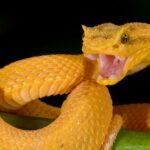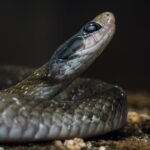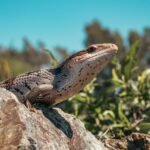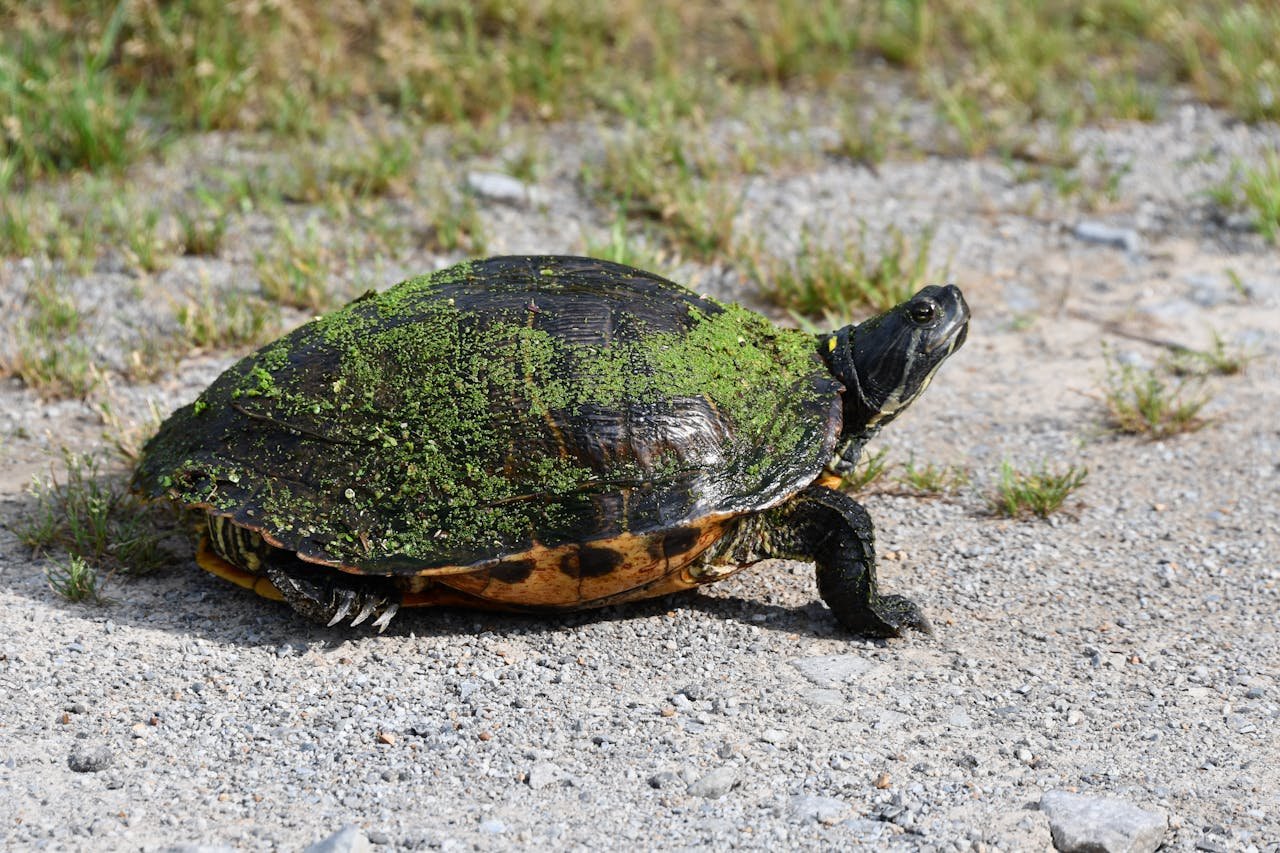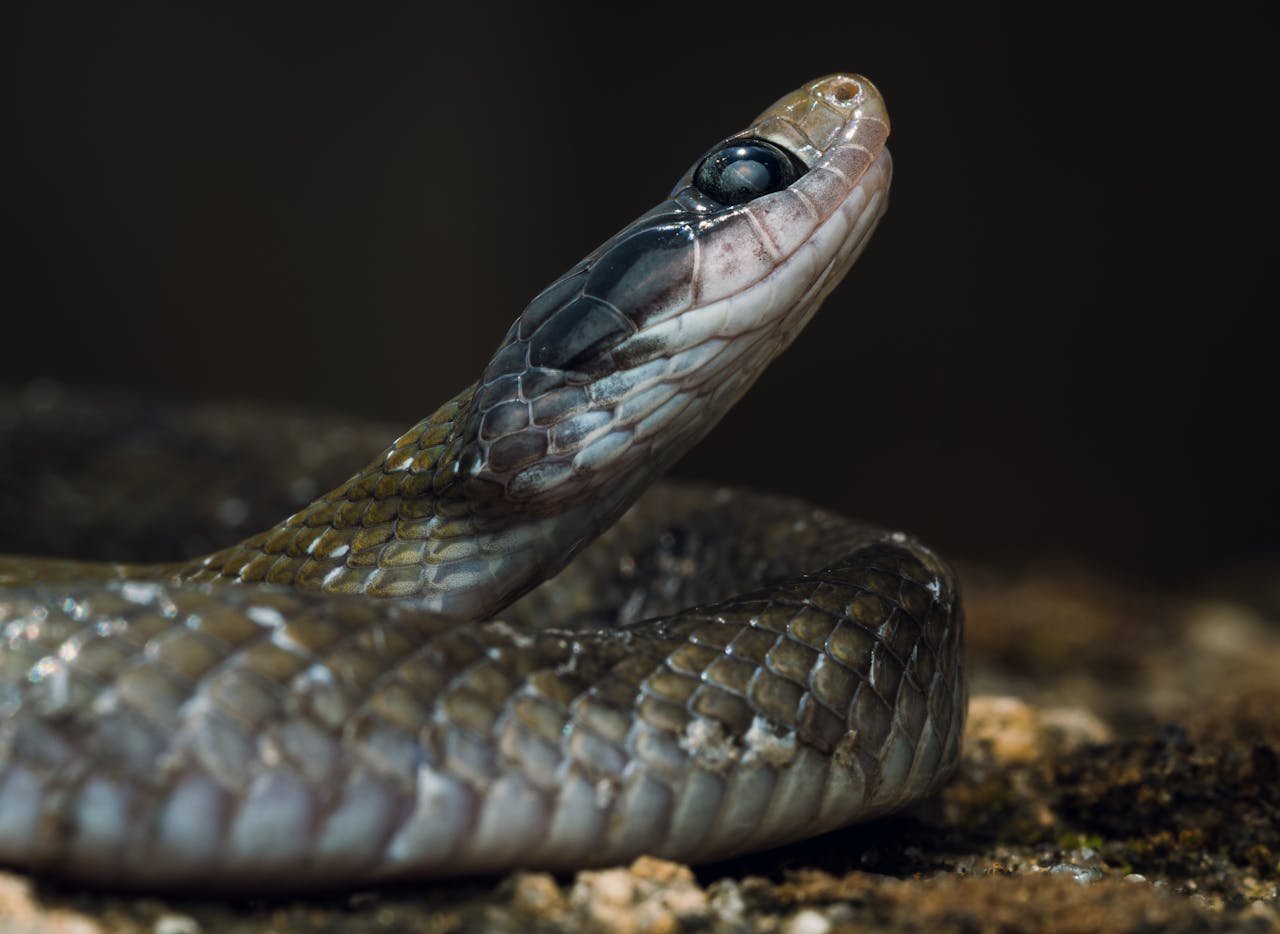Some of the most interesting and diverse reptiles belong to the genus Varanus, better known as monitor lizards, which are found in Africa, Asia, and Oceania. Large, intelligent, and adaptive, monitor lizards have always been one of the interesting animals among herpetologists and lovers of nature. The paper will closely examine the physical traits, behavior, habitat, and conservation status of monitor lizards by outlining their ecological importance and challenges faced. a
Physical Traits
The size, appearance, and behaviors of monitor lizards are so varied that estimates at present consider well over 70 species in the genus Varanus. This will involve all sorts of physical traits that can be as small as agile to as large as formidable. Of these, the largest commonly known species, the Komodo dragon Varanus komodoensis reaches up to 10 feet or 3 meters in length and weighs in excess of 150 pounds or 70 kgs. Making this lizard one of the largest in the world.
Common features of the monitor lizards include long, robust bodies, powerful limbs, and a long tapering tail. They are generally characterized by a typical head, which bears a well-developed snout, large eyes that are directed forward, and a forked tongue, which strengthens the olfactory perception. The skin consists of tough, protective scales, varying in color and pattern depending on species. Some monitors are brightly colored and patterned, as in the case of the Nile monitor Varanus niloticus; however, several others, such as the water monitor Varanus salvator, are far less colored.
Behavior and Diet
Due to the habitat in which they occur and also because of food availability, these animals have developed highly varied diets together with associated methods of hunting. Most monitor lizards are carnivorous, predating great amounts of animals, including insects, small mammals, birds, reptiles, and even fish. The large species of monitors, like the Komodo dragon, would include large preys such as deer and water buffaloes in their diet since they are just at the very top of the food chain.
In fact, the ways they hunt monitor lizards were fast and stealthy movements. These animals are good at climbing and swimming; these features were critical to feeding a wide range of food sources. Many monitor lizards find their prey with the aid of their sharp smell and with a long forked tongue.
Apart from hunting, many territorial, communicative, and reproductive behaviors have been recorded in monitor lizards. They are generally solitary animals, the Nile monitor and a few other species, though will tolerate other monitors around them in their area particularly during breeding season. These animals adopt a mixed system of visual displays and vocalizations in communicating supplemented by body postures. Aggressive posing, head bobbing, or flicking of the tail gives an indication of an assertive display that warns off rivals.
Distribution and Habitat: The distribution of monitor lizards is everything from tropical rainforests to savannas and grasslands and right through to arid deserts. Geographically, their range includes from Africa, through Southeast Asia, into Australia. Each has adapted in special ways to its particular environment; thus there is considerable variation in their ecological niches.
For example, the water monitor Varanus salvator is extremely well adapted to life in and around water, ranging across Southeast Asia from rivers, lakes, and swamps; the Komodo dragon, on the other hand, inhabits the arid, island environment of Indonesia, where it has clearly evolved to thrive in a far more rugged and less vegetated landscape.
Most monitor species are highly specific to particular microhabitats within their more general range. Thus, some are highly arboreal and associated with dense, often fore
sted habitats where they can climb trees and exploit both fruits and small animals as food, while others are far more terrestrial and occur in open or semi-arid habitats.

Reproduction and Longevity
The reproductive methods also vary concerning species and the conditions of the environment in monitor lizards. Most of them are oviparous, laying eggs whose clutch size varies from one species to another. For example, the Komodo dragon may lay up to about 30 eggs in one clutch, whereas the smaller species will have fewer eggs.
The nesting behavior of monitor lizards is either dug nests or laying eggs in burrows or crevices. Incubation times vary; usually, it goes up to 6 to 9 months for the normal hatching of eggs, depending on species and prevailing environmental conditions. Hatchlings are usually independent from birth onwards; as such, they would have to fend for themselves from the very start.
Not all species of monitor lizards share the same lifespan; they may live between 10 and 30 years in the wild. The larger species will no doubt have a longer life span than the smaller species. Some species taken good care of in captivity are recorded to outlive their estimated average life and live up to 40 years.
Conservation Status and Threats
There are species of monitor lizards that are differently threatened in terms of their conservation status; hence, their status will differ according to habitat and probably risks involved. Several species have therefore been evaluated to be Vulnerable or Endangered due to habitat loss, poaching, and human-wildlife conflict.
The major threats in the threat to the monitor lizards have generally been habitat loss, involving de-forestation, conversion into agricultural lands, and urbanization. Such habitat loss denies them food and nesting sites.
Poaching and Illegal Trade: Skins and meat, with some monitor lizards hunted for pets. Illegal wildlife trade has been among the massive threats that many species face, leading to declines in their populations.
Human-Wildlife Conflict: The monitor lizards are in conflict with people, either out of predation on livestock or just for competition for food. This then ends up as revenge killings, further degradation of the habitat.
Climate Change: In general, climatic changes can affect the availability of resources, quality of habitat, breeding success, and distribution of monitor lizards. Changes in rising temperatures and changed precipitation over time may influence their survival and distribution in various ways, including:
Conservation Efforts
Of all the monitor species, several conservation strategies have targeted habitat protection, research, and the education of the general public. Some key initiatives-most important to date or likely to be in the near future-are as follows:
Establishment and management of a network of protected areas that will conserve key habitats, help ensure the survival of monitor lizard populations, provide nesting site, foraging site, and protection against human persecution.
Other anti-poaching measures are law enforcements against killing and trading; joint community involvement through monitoring helps in reducing human-wildlife conflict.
Research and Monitoring: the study and research on behavior and ecology, monitor lizards, and population dynamics to understand their needs bet

ter. Monitoring programs keep track of their populations in assessing their needs with regard to conservation.
Public Education: Educate the public through awareness and outreach and through media campaigns about the importance of these monitor lizards and their needs in survival and conservation.
Ecological Function
Monitors are important both as predators and scavengers in their natural habitat, balancing nature by controlling populations of insects and small mammals among others, in a general way to aid nutrient cycling activities, adding to the health of their natural habitat.
Being both prey and predator, these monitor lizards are an important link to the food chain in supporting biodiversity in their ecosystems. Their presence and good health could, therefore, speak volumes to the general condition of their environments.
Conclusion
These monitor lizards are grand reptiles and an expression of the diversity and adaptiveness of the living world of lizards. Quite a great deal is learnable from their size, behaviors, and ecological importance regarding how nature works. Their role in the ecosystem, the challenge of conservation, and efforts invested in habitat protection form a guarantee for future survival and interest in monitor lizards, come what may, in successive generations.

